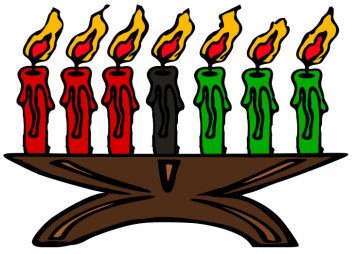In Part I, I gave an overview of a book that, despite its 10-year anniversary, is still highly relevant. Kids Need Love When They Deserve It Least: A Review of It’s So Much Work to Be Your Friend, by Rick Lavoie. As I concluded, “Social miscues become “teachable moments.” Or, to quote, Mr. Lavoie, “Kids need love most when they deserve it least.” This sentiment, as well as the use of the term friend in the title, reflect Mr. Lavoie’s deep compassion and understanding of children, seeing issues from the perspective of the child, for which he has earned fame and respect in his early PBS videos, How Difficult Can This Be?: The F.A.T. City Workshop and When the Chips Are Down.” Here, in Part II, Mr. Lavoie explores why these children with learning disabilities and accompanying social skills deficits “do the things they do.”

Children with learning disabilities (LD) are often misunderstood, particularly regarding the fact that LD is more than an academic problem, “it is a life, language, and learning problem that affects every moment of the child’s day.”
Children with LD Are Wired Differently
Children with LD have difficulty with visual/special, as well as auditory perception. Many also are challenged in needing to inhibit their behavior or reactions. Furthermore, most children with LD have a deficit in their executive functioning: memorization, punctuality, perseverance, and social control. With all these emotional challenges, these children are inflexible: brain research has demonstrated that emotions play a critical role in decision-making ability.
Anxiety: A Cause and Consequence of Social Isolation
Children with LD experience five types of anxiety disorders:
- Separation anxiety disorder
- Generalized anxiety disorder (GAD)
- Social phobia
- Obsessive compulsive disorder (OCD)
- Post-traumatic stress disorder (PTSD)
Positive reinforcement, cognitive behavioral therapy, relaxation and meditation, and physical exercise can help these children with these forms of anxiety.
Language Difficulties: Getting & Giving the Message
Children with LD often have difficulty expressing themselves and receiving messages, both oral and written. These deficits extend to pragmatics, the “social side of language”:
- Taking turns in conversation
- Adjusting vocalics, the volume, pitch, tempo, and tone of speech
- Being an attentive listener
- Asking relevant questions.
This area presents a major challenge. Adults should teach these important skills by providing positive examples and reinforcing them with opportunities to applied them in real-life contexts.
Paralinguistics: Body Language That Carries the Emotion
Most children with LD have great difficulty with the nonverbal aspect of language, including the following:
- Being aware of awkward posture and gestures
- Maintaining proper eye contact
- Paying attention to personal habits and appearance
- Maintaining proper physical space (proxemics) and appropriate physical touch.
The Social Side of ADHD
Lavoie speaks of “the social lives of the unhappy wanderers.” ADHD includes several combinations of hyperactivity, inattention, impulsivity, sleep problems, and a poor sense of time. All these challenges comprise academic, social, and emotional aspects of children with LD.
Part III will cover :Social Skills on the Homefront: Dealing with Parents, Siblings, and Other Strangers.”










